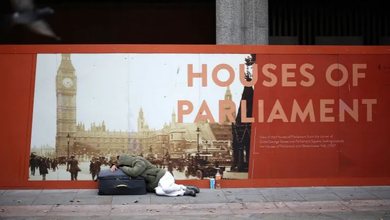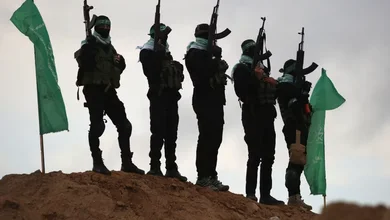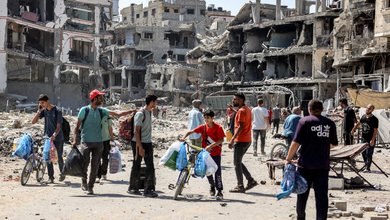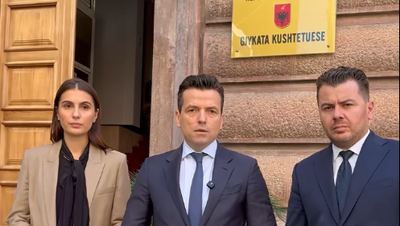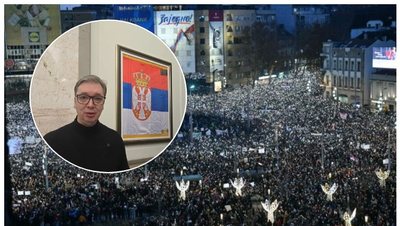
The Israeli government's decision to take control of Gaza City has been met with despair in the Palestinian territory, as the Gaza capital faces a countdown to complete destruction.
If Hamas does not surrender in the coming weeks – and there is currently little sign that it will – the Israeli military is expected to launch a new, even more devastating phase of the war. For the estimated one million civilians still living in the city, the outlook is bleak. Many of them, displaced in the early months of the war, returned in January 2025 after a ceasefire that revived hopes for peace, only to find their homes in ruins and neighborhoods destroyed.
After the ceasefire broke down in March and aid was cut off, the humanitarian crisis worsened dramatically. Now, Israel plans to move the entire population of the city south again within two months. But cities like Khan Younis and Rafah – which once served as refuges – are now almost completely razed, leaving it unclear where the displaced can be resettled.
The situation is expected to follow the Rafah scenario, which in May 2024 was emptied on Israeli orders and then completely destroyed, despite warnings from US President Joe Biden.
If a diplomatic solution is not reached by early October, Gaza City risks suffering the same fate. This would also put the central camps of Nuseirat, Bureij and Deir-el-Balah at risk.
Prime Minister Benjamin Netanyahu aims for a “total victory” over Hamas, despite the human cost and Israel’s growing diplomatic isolation. Although most Israelis oppose the operation because of the fate of the remaining hostages, Netanyahu seems determined to take risks, relying on Israel’s status as a regional power after clashes with Hezbollah, Syria and Iran.
The question that remains is: who will stop him?







